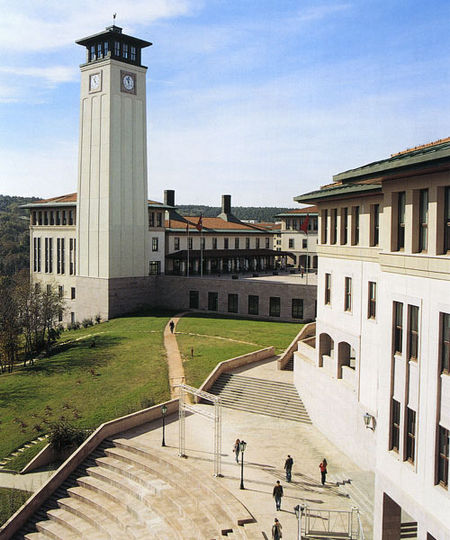Koç University

Koç University (Turkish: Koç Üniversitesi) is a non-profit private university in Istanbul, Turkey. It started education in temporary buildings in İstinye in 1993, and moved to its current Rumelifeneri campus near Sarıyer in 2000. Koç University is ranked highest in Turkey according to the 2022 Times Higher Education World University Rankings and 2022 QS World University Rankings. Koç University currently consists of Colleges of Social Sciences and Humanities, Administrative Sciences and Economics, Science, Engineering, Law, Nursing and Medicine. Koç University offers 22 undergraduate, 29 graduate and 30 PhD programs. The university is home to around 7,000 students. The university accepts international students from various countries and has an extensive network of over 250 partner-universities including University of California and other universities such as Northwestern University, Cornell University and Georgetown University.Founded in 1993, Koç University has become one of the most prestigious universities in Turkey. The university attracts many of the highest-scoring students from Turkey's top high schools such as Koç School, Robert College, Uskudar American Academy and Istanbul High School. The majority of classes (over 95%) at Koç University are taught in English (a few exceptions are found only in the School of Law and School of Nursing).
Excerpt from the Wikipedia article Koç University (License: CC BY-SA 3.0, Authors, Images).Koç University
Geographical coordinates (GPS) Address Nearby Places Show on map
Geographical coordinates (GPS)
| Latitude | Longitude |
|---|---|
| N 41.197777777778 ° | E 29.065 ° |
Address
34450 , Rumelikavağı Mahallesi
Turkey
Open on Google Maps






